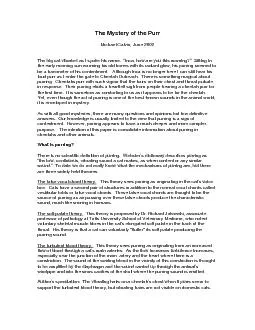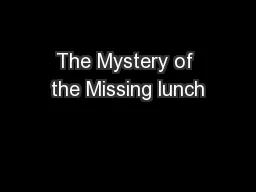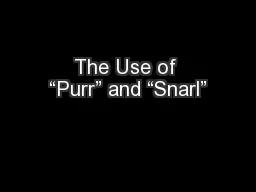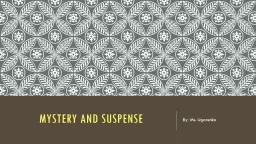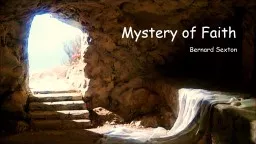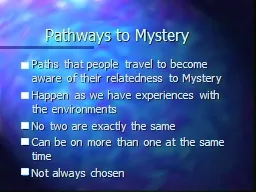PDF-The Mystery of the Purr
Author : natalia-silvester | Published Date : 2015-10-02
Michael Calvin June 2002 The big cat vibrated as I spoke his name x201CInca how are you this morningx201D Sitting in the early morning sun warming his old bones
Presentation Embed Code
Download Presentation
Download Presentation The PPT/PDF document "The Mystery of the Purr" is the property of its rightful owner. Permission is granted to download and print the materials on this website for personal, non-commercial use only, and to display it on your personal computer provided you do not modify the materials and that you retain all copyright notices contained in the materials. By downloading content from our website, you accept the terms of this agreement.
The Mystery of the Purr: Transcript
Download Rules Of Document
"The Mystery of the Purr"The content belongs to its owner. You may download and print it for personal use, without modification, and keep all copyright notices. By downloading, you agree to these terms.
Related Documents

